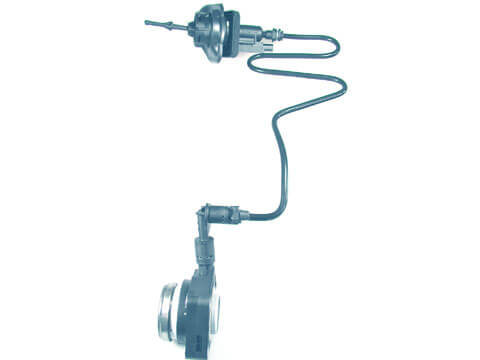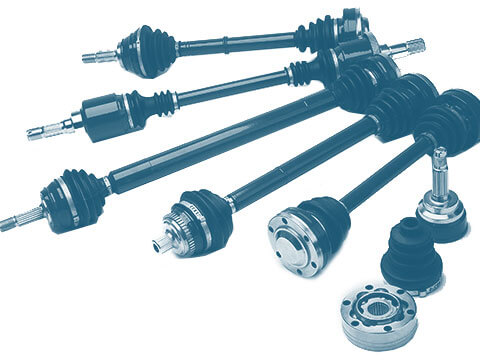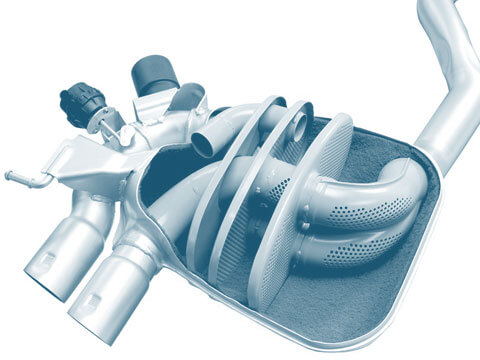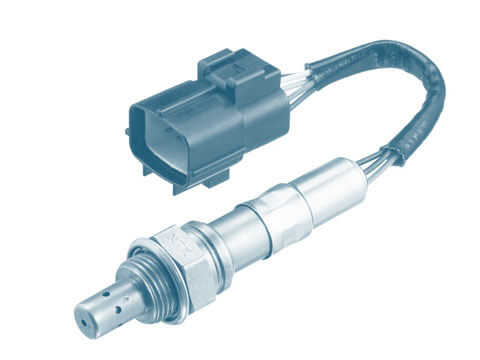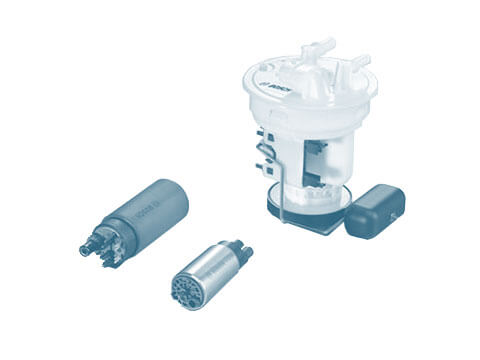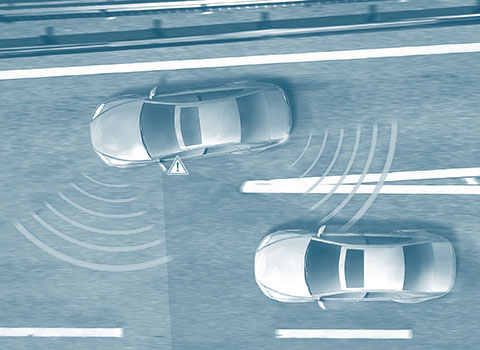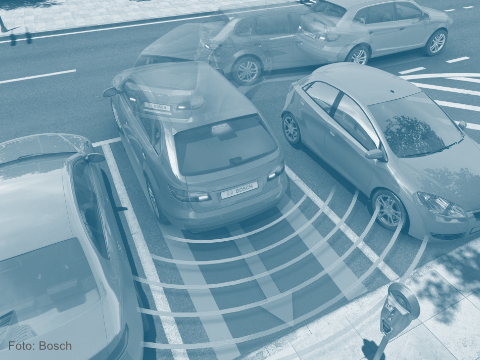Ultrasonic sensor
Ultrasonic sensors are used in passenger cars to monitor the immediate surroundings of the vehicle and to measure distance to obstacles. They are often used in parking assist systems.
Function
Ultrasonic sensors are beam-based sensors: they send and receive sound waves that have frequencies above the perception range of the human ear (+20 / 40-50 kHz). These sound waves (usually sent by piezo-actuators by means of a membrane), disperse themselves throughout the air around the vehicle and are reflected off obstacles. The echo signals are registered by the sensors and evaluated by a central control unit. The crossing time, i.e. the time it takes for the echo signal to reach the transmitter, is used to calculate the distance to the obstacle.
Thus, ultrasonic sensors form the basis for driver assistance systems, such as parking assist systems. In the case of parking assist systems, ultrasonic sensors are integrated into the front and/or rear of the vehicle. The calculated distance to an obstacle is relayed to the driver either purely acoustically, or visually and acoustically, depending on the manufacturer and the system.
Ultrasonic sensors are also needed for self-driving vehicles/automated driving, especially for environment detection in the near range up to six metres and for low speeds.
Ultrasonic sensors can be used for ranges of up to 5.5 metres from the vehicle.
Due to the low frequency and a relatively long wave length, ultrasound technology is less complex and, thus, relatively cost-effective. The disadvantage is that the movement of the vehicle itself and the dependency on the air as a carrier limit the distance measurement capability to short routes and low driving speeds.
Safety
Many active and passive safety systems function on the basis of sensor information. Thanks to significant progress in the development of new sensors, there has been a constant increase in the capabilities of safety and driver assistance systems in recent years. Sensors thus have a key role to play in increasing safety on our roads.





